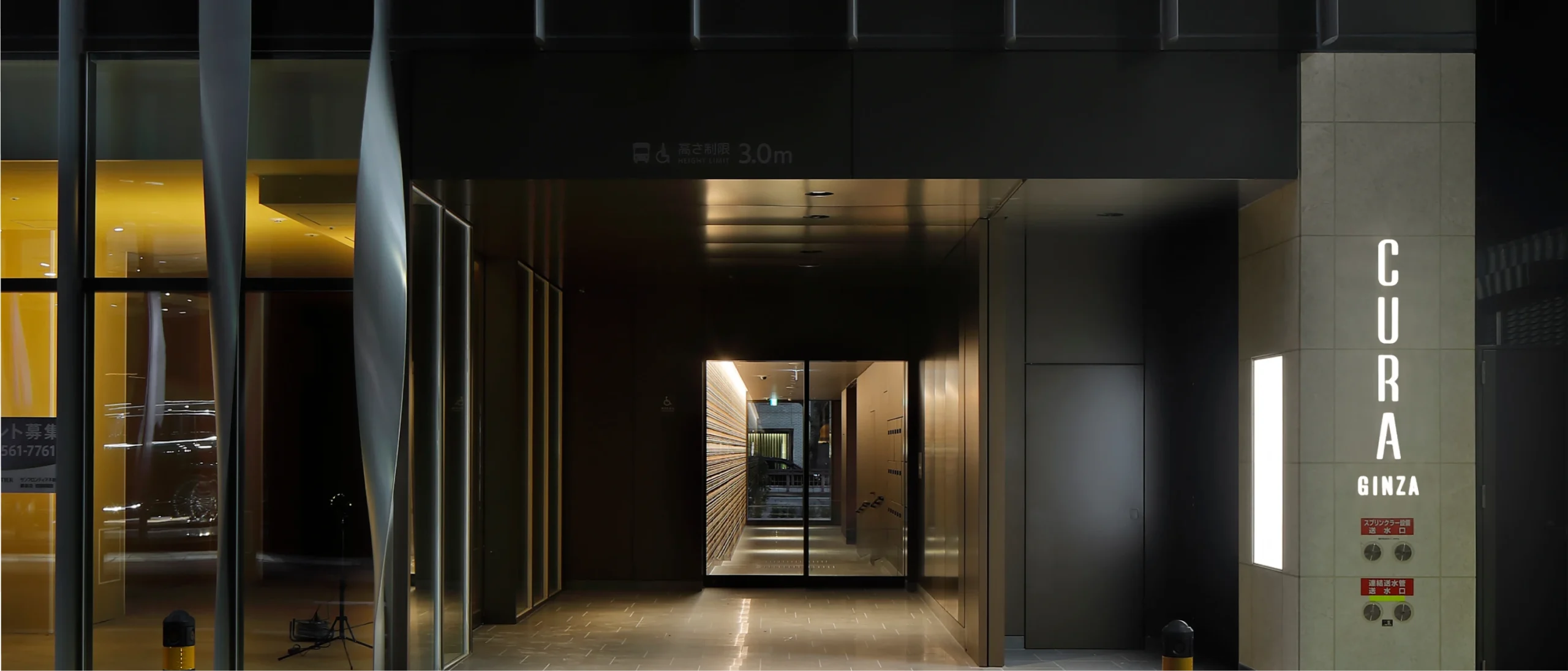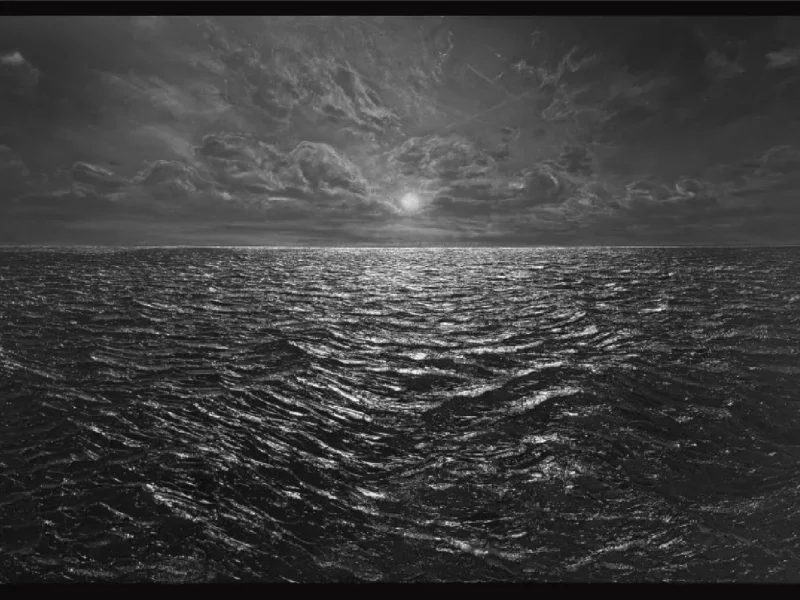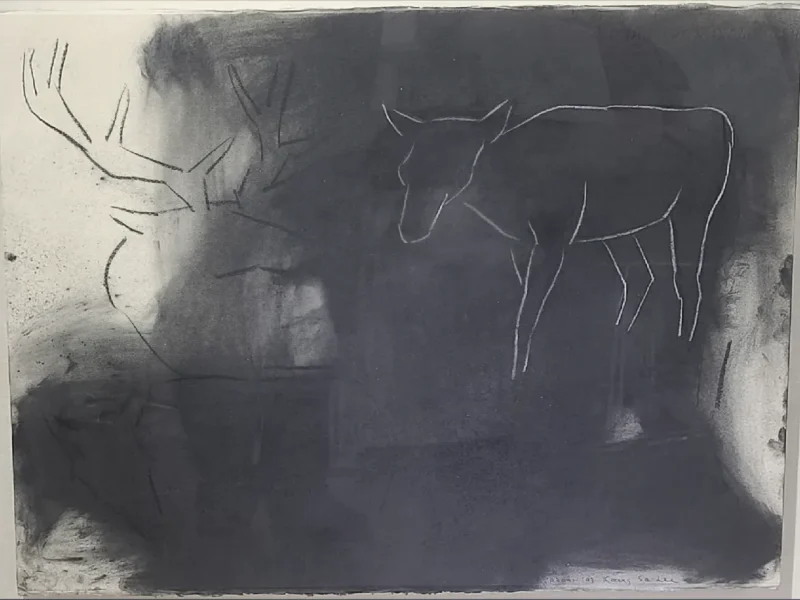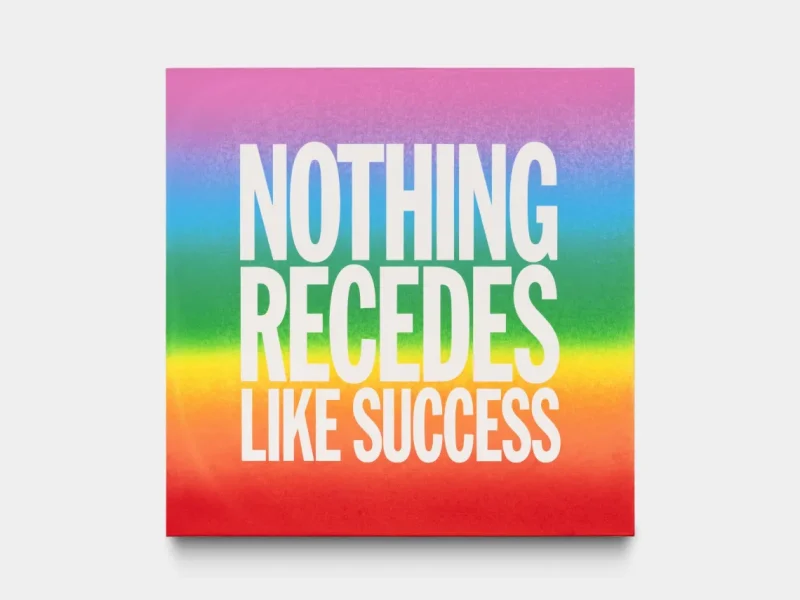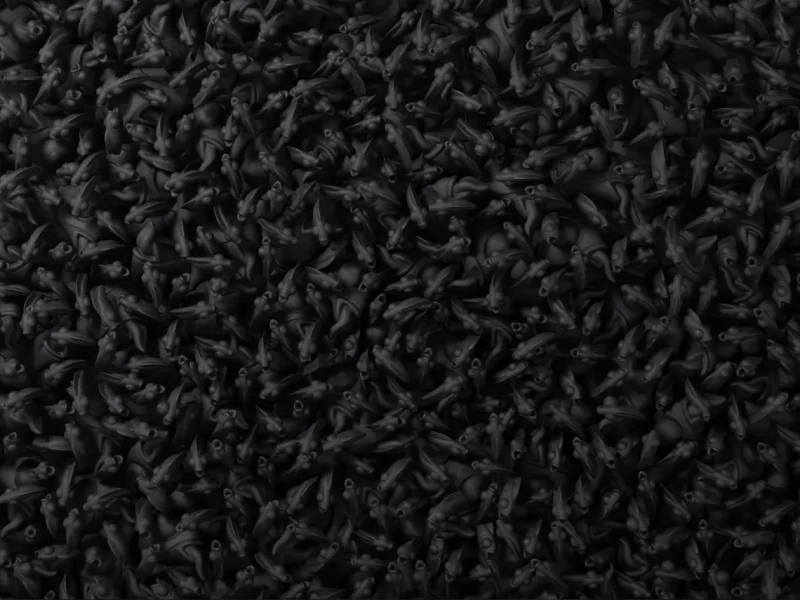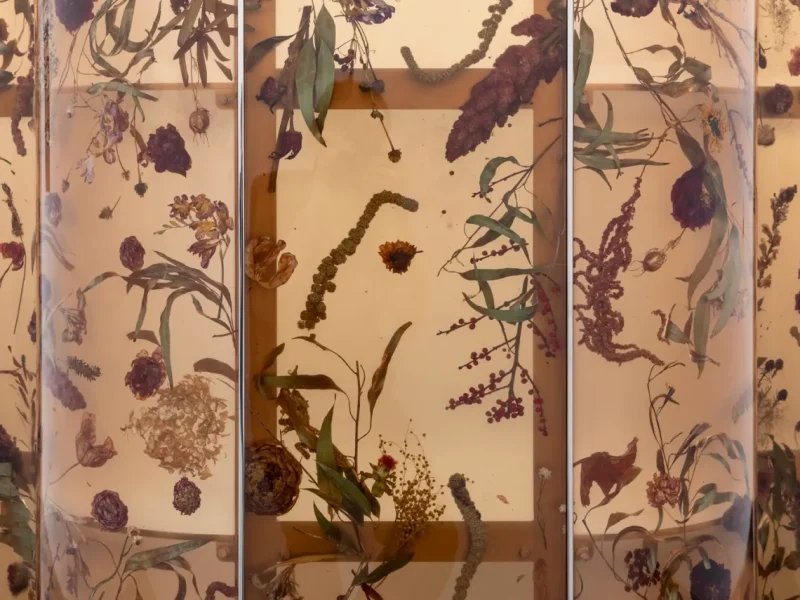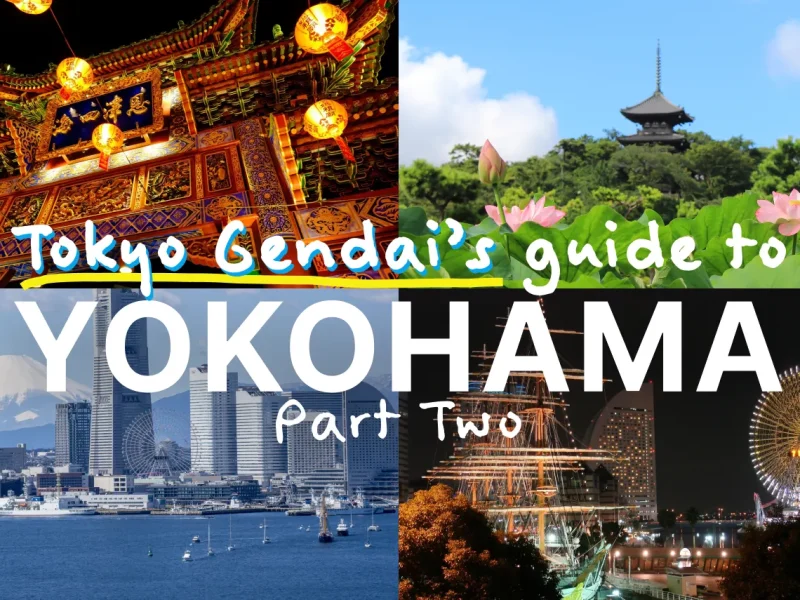Ceysson & Bénétière Tokyo © Eaton Real Estate Corporation
On 17 May, Ceysson & Bénétière will unveil a brand new 325 m² space in Ginza, its first outpost in Asia, adding to the gallery’s existing eight locations across Europe and in New York.
The gallery’s inaugural exhibition is dedicated to Supports/Surfaces, a radical art movement that emerged in the 1970s that Ceysson & Bénétière has long championed. Supports/Surfaces challenged aesthetic norms through prioritising process over the finished product, its artists united through shared politics and a desire to resist American dominance in the art world.
Ahead of its Tokyo opening, we hear from senior director Leslie You and director Loïc Garrier about the radical movement’s significance to early contemporary art, and what it’s like to be a gallerist today.
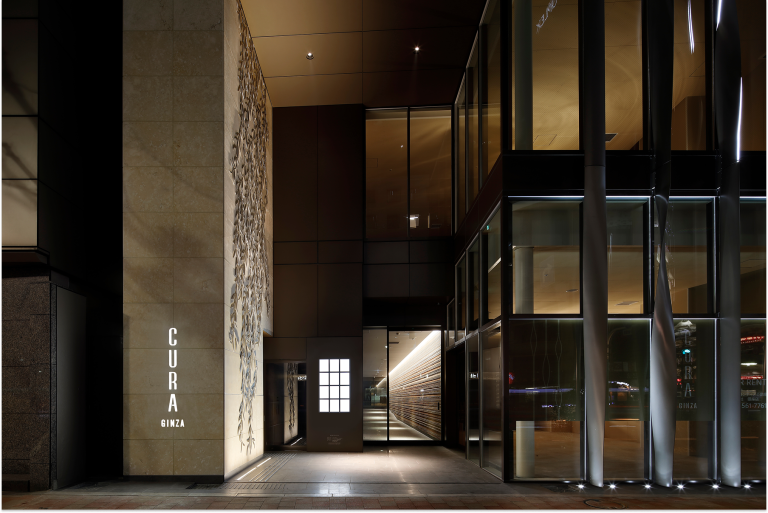
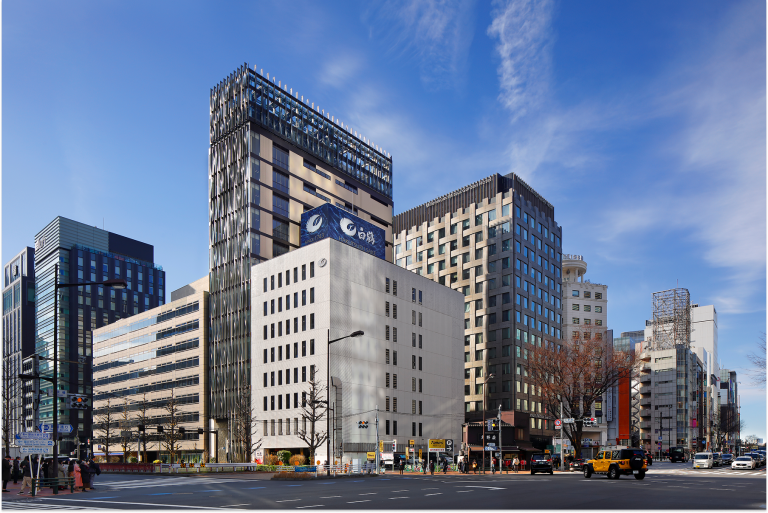
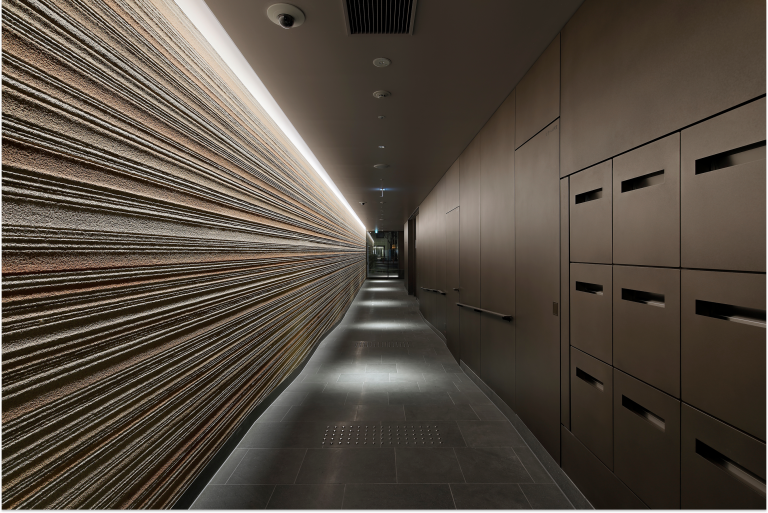
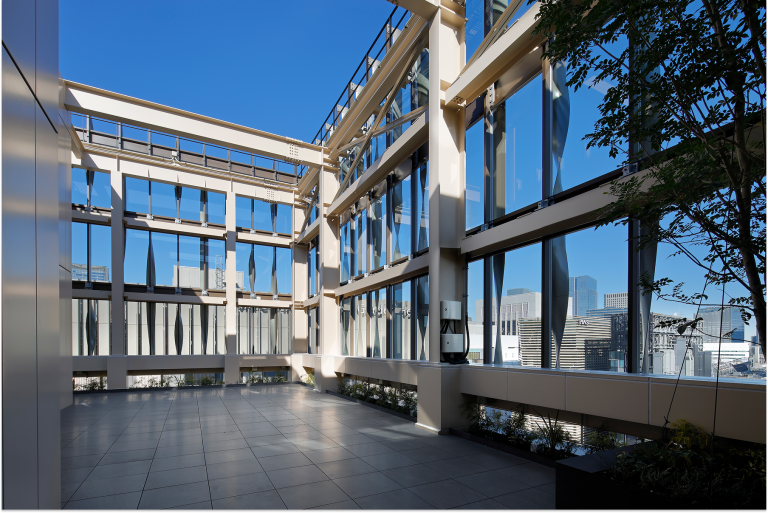
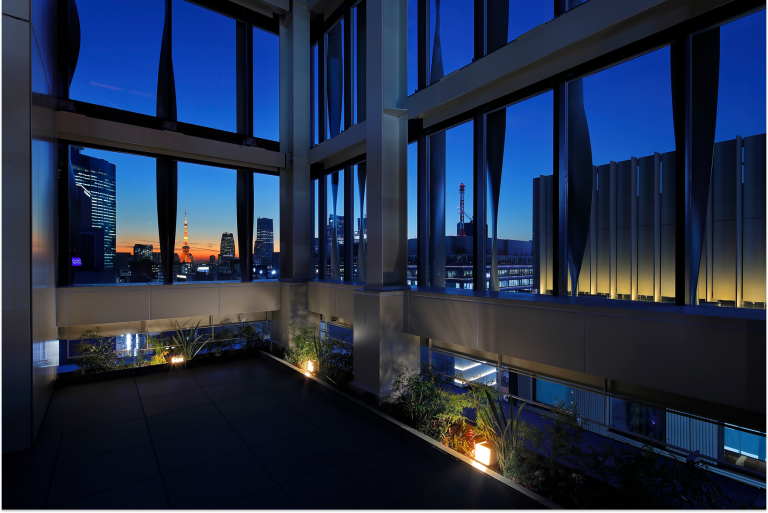
If you had to describe your gallery in three words, what would they be?
Loïc
Summing up a gallery in just three words is always a challenge, but I would say: non-conformist, rigorous, committed.
Leslie
I would say exactly the same, but, as a non-conformist, I would add one more word: passionate.
How would you describe the essence of what your gallery stands for?
Loïc
Ceysson & Bénétière is historically recognized for its commitment to the Supports/Surfaces movement, from its early days to the present. Our inaugural exhibition in Tokyo is a testament to that legacy. Today, we represent around 50 international artists, including Bernar Venet, Nam Tchun-Mo, Lionel Sabatté, Aurélie Pétrel, Tania Mouraud, Nancy Graves, and Tomona Matsukawa.
Leslie
This inaugural exhibition in Tokyo is not just a continuation of our historical commitment, but also an opportunity to open new dialogues with a global audience. In parallel with our long-standing dedication to Supports/Surfaces, the gallery remains deeply committed to nurturing a new generation of artists – fostering experimentation, critical engagement, and cross-cultural exchange. This dual focus allows us to forge meaningful connections between established icons and emerging voices, bridging diverse geographies and generations. Tokyo, with its dynamic art scene and global reach, provides the perfect context to further advance this vision.
What’s the most fun thing about being a gallerist?
Loïc
Working closely with artists to develop exhibitions is always an exciting and privileged moment. It’s equally rewarding to share these projects with our loyal collectors and institutional partners. These moments of exchange are at the heart of our profession – they can help launch a young artist’s career or enrich our understanding through dialogue with a more established one. It’s these human and intellectual connections that make this job so meaningful.
Leslie
For me it’s the constant discovery – whether it’s finding an artist whose work resonates deeply, or witnessing the excitement of an opening night when everything comes together. There’s an incredible energy in bringing people together around art and ideas, and seeing how a work can spark conversation, challenge perspectives, or simply evoke emotion. It’s never predictable, which keeps it exciting and fulfilling every day.
What’s the most challenging thing about being a gallerist?
Loïc
Being a gallerist means constantly walking a fine line between consistency and renewal. One must continually reinvent without falling into repetition. The challenge is to surprise, to highlight what is most relevant at a specific moment, and to resist the pull of passing trends that can quickly become hollow. It’s a daily effort to stay true to a curatorial vision.
Leslie
This profession has evolved significantly in recent years. It’s increasingly challenging to adapt and keep up with the rapid pace of change, while staying true to the core values that define the gallery. The most challenging aspect is finding a balance between the creative and business sides of the role. While my passion for art drives me, the reality of running a gallery involves navigating logistics, finances, and managing relationships with artists, collectors, and curators. Moreover, it’s a constant challenge to remain aligned with the gallery’s vision while adapting to the ever-shifting art market. It requires flexibility, patience, and a deep commitment to both the artists and their work.
Can you describe your process for seeking and stewarding new talent? How do you choose which artists to represent, and how do you nurture the relationship and their careers?
Loïc
It’s a collaborative effort, based on daily discussions and shared intuition. Through our residency in France, we’ve been able to support artists like Tomona Matsukawa from Japan and Stephané Edith Conradie from South Africa. Both were discovered through art fairs and research trips. The residency offered them time and space to create, while introducing their work to French audiences. We value relationships that grow organically and strive to offer artists the freedom and support to pursue ambitious, long-term careers.
Leslie
The process of seeking new talent is both intuitive and strategic. I look for artists whose work resonates with me personally and aligns with the gallery’s values. I often walk through art fairs in the early mornings before the crowds arrive – it’s the best way to get a sense of the current scene and trends. I’m particularly drawn to off-fairs or smaller, more intimate ones that take risks and highlight emerging artists. I also value discovering work through conversations with collectors and curators.
I believe in building partnerships where artists feel supported and encouraged to take risks. Nurturing a career goes beyond representation: it means offering curatorial guidance, building visibility, and connecting artists with the right people and opportunities. The aim is long-term, sustainable growth. That requires engagement, adaptability, and a deep belief in the artist’s vision.
Are there any important things you keep in mind when communicating with artists?
Loïc
Above all, we listen. Studio visits are suspended moments – opportunities to witness an artist’s evolution and better understand their intentions. These are moments when trust is built. We do our utmost to support the artist’s vision in its entirety, and to ensure each project is realized with care and integrity, as closely aligned with their original intent as possible.
Leslie
Communication with artists is rooted in trust and mutual respect. I aim to be clear, attentive, and adaptable to each artist’s unique way of working. Honest feedback and open dialogue are essential to building a relationship where they feel supported, heard, and free to create. An artist’s work is a bit like their child – they need to feel safe and confident to share the intimacy of their studio and entrust us with what they’ve made.
Do you have a favorite spot in Tokyo/Japan?
Loïc
Aside from our new gallery – of course! – I would say Yoyogi Park. It’s a place I return to on each visit. The scale, the sense of harmony, and the presence of traditional Japanese garden aesthetics make it a uniquely peaceful and inspiring place. For me, it perfectly embodies Tokyo’s balance between tradition and modernity.
Leslie
I’ve been living in Tokyo for ten months now, and during that time, I’ve discovered so many favorite places – from quiet, hidden corners to vibrant neighborhoods full of energy. It’s hard to choose just one! What I love most is how every part of the city holds a surprise – whether it’s a peaceful garden tucked behind a temple, a tiny four-seat bar, or a gallery hidden on the upper floor of a brand-new building like Ceysson & Bénétière! Tokyo never stops revealing itself.
But if I had to name one place I often return to for a moment of calm, it would be the garden at the Nezu Museum. It’s a peaceful retreat right in the heart of the city – a place where time seems to slow down, and where I always feel re-centered.
What is the most exciting thing about opening a gallery in Tokyo?
Loïc
It’s the adventure of linking Saint-Étienne to Tokyo! Opening here allows us to introduce our program to a whole new audience. We traveled extensively in search of the right city for our new space, and Tokyo was a clear favorite – full of cultural vitality and deeply rooted in art history. It’s an incredibly stimulating environment in which to grow.
Leslie
The city’s unique blend of tradition and modernity offers a chance to engage with a global audience while connecting with local artists and collectors. Tokyo’s vibrant energy fosters fresh perspectives and expands the art world dialogue. France and Japan also share a rich historical bond and mutual appreciation for culture, with Japan continuing to inspire and captivate artists worldwide.
Can you tell us about the first exhibit you have planned for Ceysson & Bénétière Ginza? What was your inspiration behind the exhibit?
Loïc
We chose to open with a major exhibition dedicated to the Supports/Surfaces movement, a key chapter of French art from the late 1960s. It was important for us to enter Tokyo with a strong, emblematic presentation that introduces Japanese audiences to this historic movement. The show brings together iconic works by 13 artists: Louis Cane’s Sol/Mur, Noël Dolla’s mop-cloth installation, Claude Viallat’s repeated forms, Marc Devade’s subtle ink paintings, Daniel Dezeuze’s ladder piece, and Bernard Pagès’s Pile of Gravel, to name just a few. It’s a powerful introduction to the gallery’s identity and roots.
Leslie
I would add that Supports/Surfaces resonates naturally with Japan’s own avant-garde movements, such as the Gutai group. Notably, this movement was highlighted in the landmark 2000 exhibition at the Museum of Contemporary Art Tokyo (MOT), organized in collaboration with the Centre Pompidou, Jeu de Paume and Musée d’Art Moderne de la Ville de Paris (MAMVP). Introducing the Supports/Surfaces movement to Tokyo audiences felt like a natural and essential step in fostering a meaningful exchange between these two rich cultural histories.
Images from the inaugural exhibition “SUPPORTS/SURFACES”
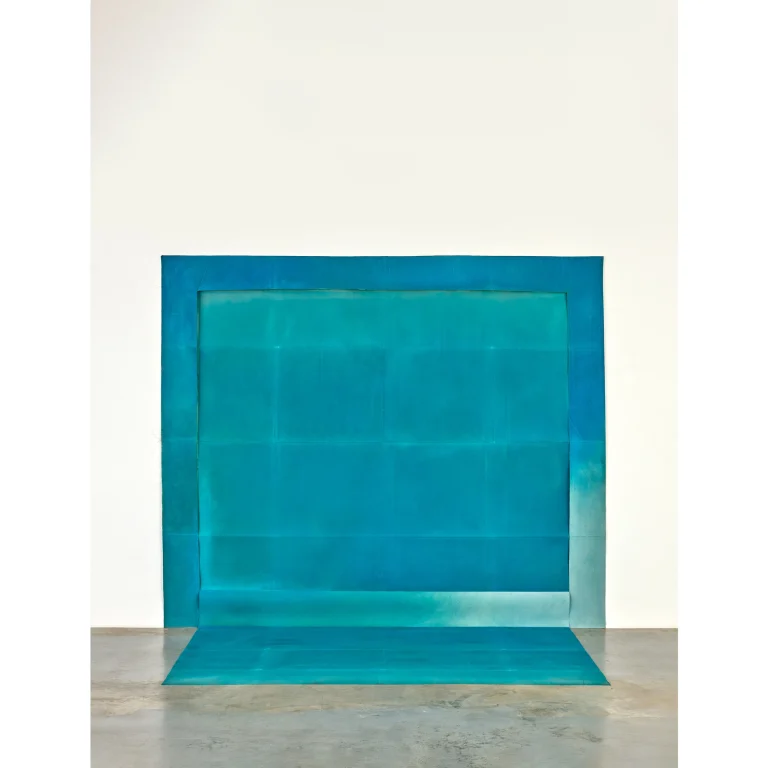
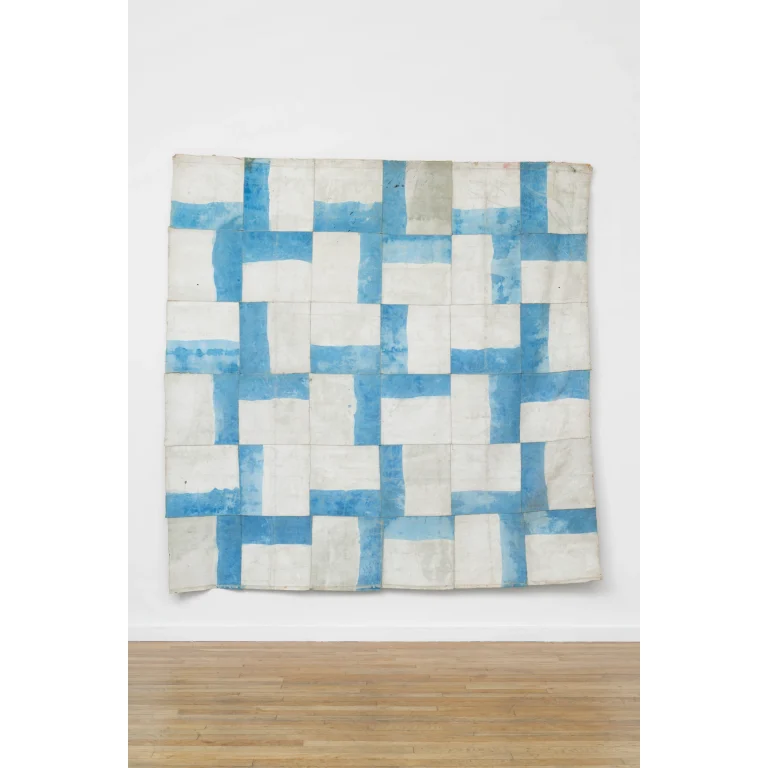
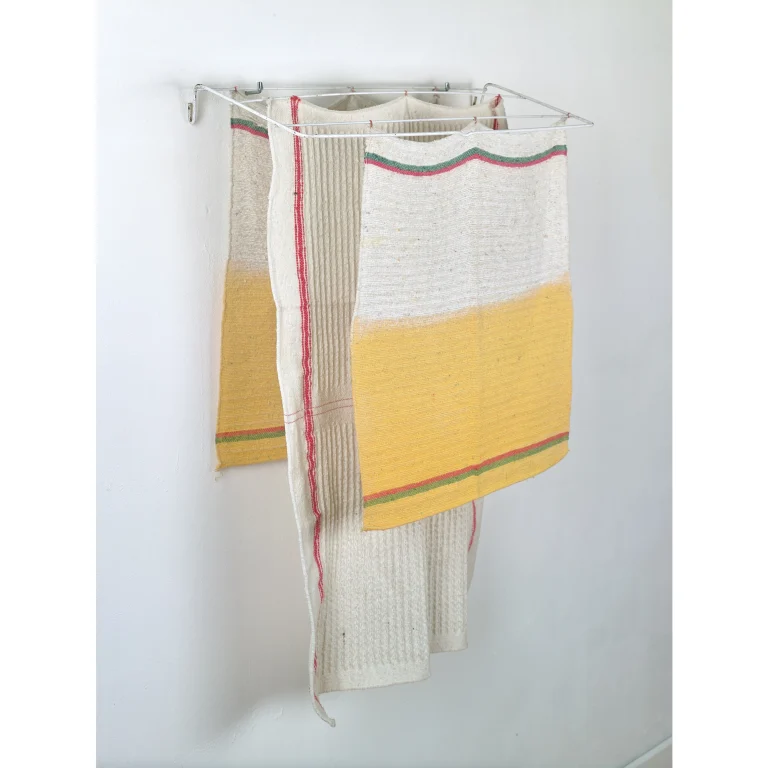
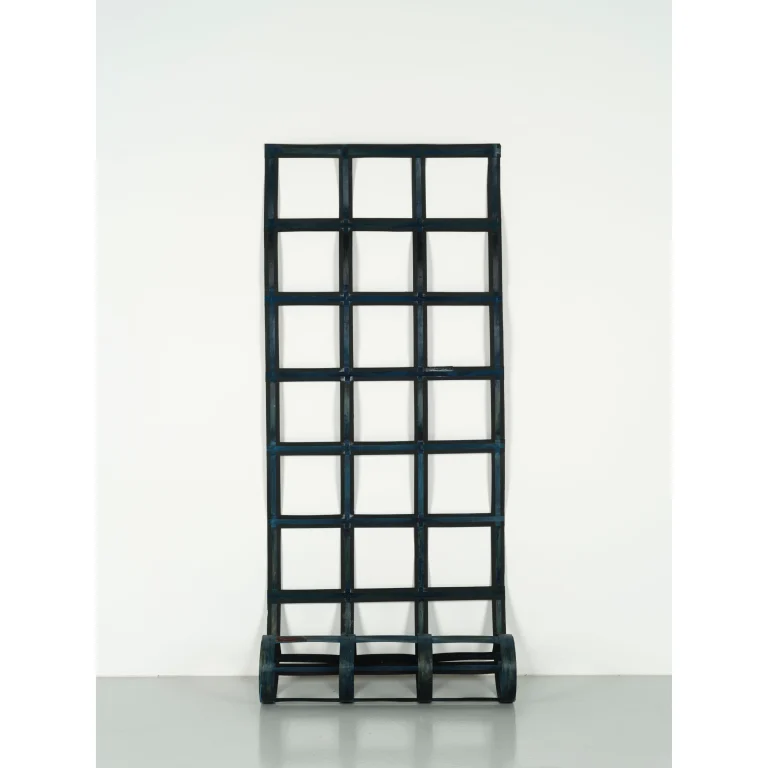
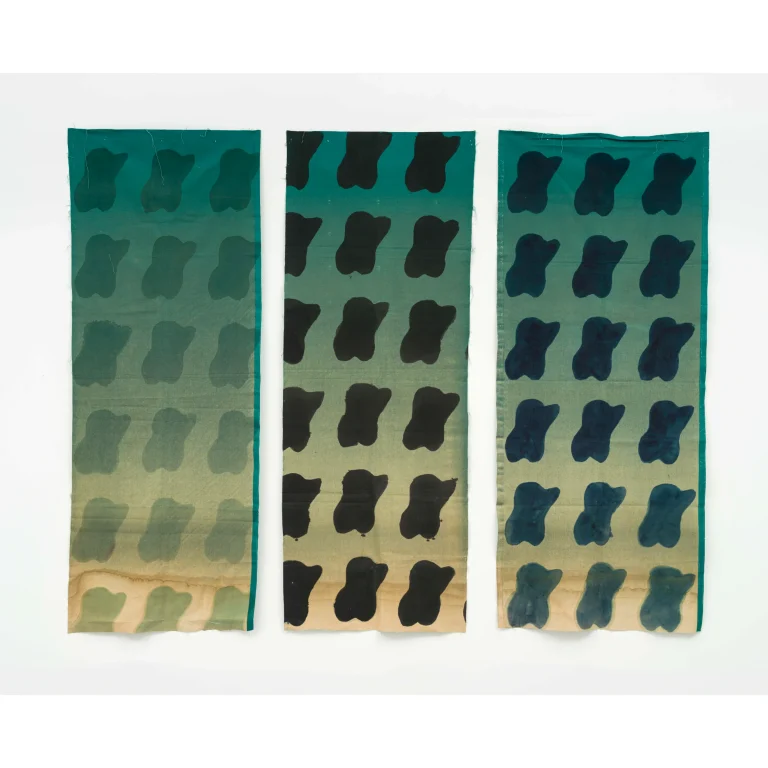
Inaugural exhibition “SUPPORTS/SURFACES”
Saturday, May 17, 2025 – Friday, August 29, 2025
Ceysson & Bénétière Tokyo
Cura Ginza 8F, 5-12-6 Ginza, Chuo City, Tokyo 104-0061
Open: TBA
Closed: TBA
Admission: Free
For more details about the exhibit, visit the Ceysson & Bénétière website.
Gallerist Profile
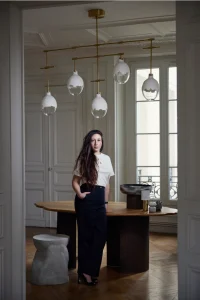
Leslie You
Senior Director of Ceysson & Bénétière
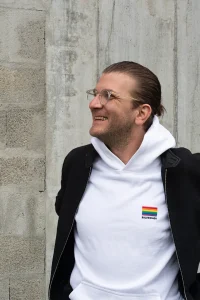
Loïc Garrier
Director of Ceysson & Bénétière

